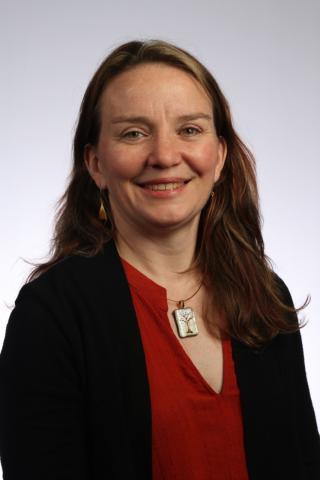When observing galaxies in the X-ray band, you get quite a different view of their natures: this includes seeing evidence of PAST star formation via the compact objects left over from supernova explosions as well as the hot, diffuse interstellar medium that is a repository for past supernova explosions and stellar winds from massive stars. One of the great frontiers in such studies, which has opened up within the past decade, concerns extending studies of these phenomena in galaxies to harder X-ray energies, well above the 0.5-10 keV bandpass that has been explored by so many X-ray missions to date. This talk will cover results from NuSTAR, a small Explorer mission that launched in June 2012 that operates in the 3-80 keV bandpass. Among its many achievements, NuSTAR has enabled hard X-ray studies of neutron stars and black holes in nearby galaxies and is paving the way for future, more capable mission concepts. This talk will also cover two NuSTAR-successor concepts: FORCE and HEX-P, both of which are quite timely concepts for consideration given the call for an X-ray Probe complement to ESA’s flagship mission, Athena. FORCE (Focusing on Relativistic universe and Cosmic Evolution), is the product of a JAXA/NASA collaboration that is capable of fulfilling much of this Probe science at a much lower cost and might be viewed as a “super NuSTAR.” HEX-P (the High Energy X-ray Probe) is a JPL-Caltech-GSFC collaboration that extends the bandpass to 2-200 keV and has even higher angular resolution than FORCE and may be viewed as a “super duper NuSTAR”. Both missions address how black holes grow and how they affect galaxy evolution, how non-thermal energy is generated and how much non-thermal energy is contained in the Universe, and how stars evolve and explode. Both are enabled by a lightweight broadband X-ray mirror with a large effective area under development at NASA GSFC.

